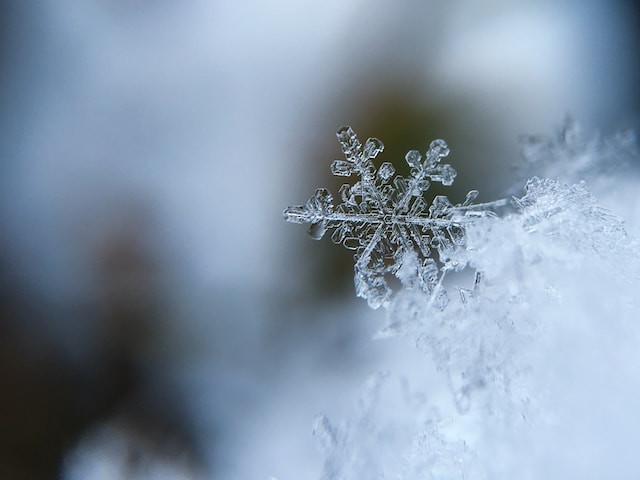As you know, the icy conditions of winter can lead to significant operational challenges. Successful airports operate dynamically to ensure their runway surfaces remain operational. Integrated temperature compensation and zero-maintenance sensors, shielded against snow & ice, make these measurement stations popular with meteorologists and avalanche warning services in high alpine regions.
Detecting a Break-In
If you or someone you know leaves town for the winter, and you want to protect their home, consider a security system. Your insurance company knows you are less likely to file a claim when a professionally installed and monitored system is in place. Technical support snow alarm system is designed to monitor the roof load and trigger an alarm when data thresholds are exceeded. It allows roof maintenance staff to schedule necessary repairs before a roof collapse or catastrophic failure. These systems utilize a cellular communication path as the primary and backup signaling. They send a digital data message over a GPRS/GSM network to the monitoring station using either an encoded text message or synthesized voice. Some homeowners also make their homes appear inhabited by programming timers to turn lights on and off at varying times. Others stop mail and newspaper deliveries and ask a neighbor to check on the house occasionally. You can also put motion-sensitive exterior and interior lighting on timers to discourage prowlers.
Detecting Frozen Pipes
Frozen pipes are a common problem for homeowners, especially homes vacant for long periods. Frozen pipes can cause significant damage and even lead to a home flood, especially if a pipe bursts while trying to unfreeze it. Most frozen pipes occur in unheated areas like crawl spaces and basements, along exterior walls, and when water supply pipes are not adequately insulated. Insulation for exposed pipes, particularly in crawl spaces and attics, may help minimize this problem. Homeowners should also be aware of the signs that a pipe is likely to freeze, including the inability to turn on a sink or faucet, discolored water, and the appearance of ice within a water line or in the surrounding area. When this happens, it’s critical to shut off the home’s water supply at the main valve or the water shutoff valve to a specific fixture. Once this is done, heat should be applied to the affected area of the pipe to raise temperatures and melt ice.
Detecting a Fire
A functioning alarm system with 24/7 central station monitoring can notify fire departments of an impending fire and allow them to arrive at the building before any damage occurs. Additionally, a well-functioning fire detection system can activate emergency lights to illuminate the shortest possible path for occupants to exit the building safely and minimize property damage and personal injury claims. Most alarm systems operate on a non-switched 120 or 240-volt alternating current source supplied by a primary branch circuit. These are typically provided by a private utility company in commercial applications. Alarm systems may also have secondary power supplies such as sealed lead-acid storage batteries or other backup sources. The SAS-307 snow load alarm system measures the existing roof load and warns the building operator when the roof load is reaching critical values. The measurement stations and the central electronic evaluation system are mounted in a compact control cabinet. The installation is easy with ready-to-connect connecting cables.
Detecting Snow & Ice
Detecting snow and ice on aircraft structures presents significant challenges that impact aerodynamic performance. In the future, an integrated icing/snow monitoring system could reduce operational risk by providing timely and accurate warnings for de-icing actions. Current National Oceanic and Atmospheric Administration (NOAA) interactive snow map products require extensive daily human analysis based on visual examination of satellite imagery in motion loops and observations from visible and infrared sensors of geostationary operational satellites as well as the microwave Special Sensor Microwave Imager (SSM/I) instruments aboard polar-orbiting Defense Meteorological Satellite Program platforms. The IMS product has a 23-km spatial resolution and exhibits poor agreement with surface reports in many areas. The SSM/I automated snow product performs better but still needs to agree with surface reports in over 80% of cases. It is due to cloud-snow identification errors.

